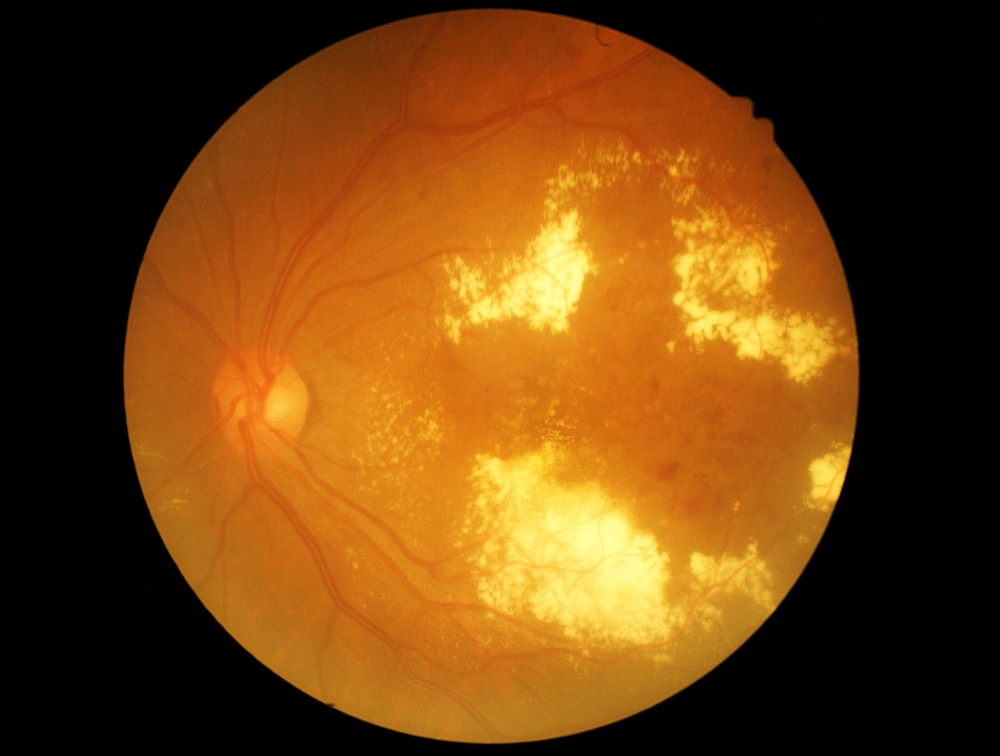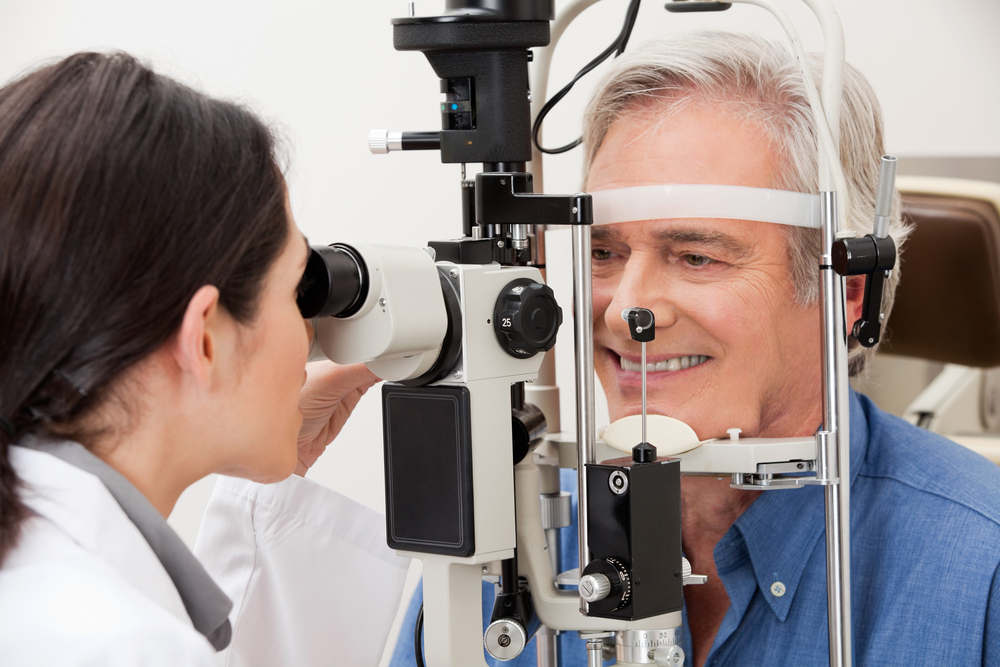When Should I Get Screened for Diabetic Retinopathy?
January 10, 2024
If you have recently been diagnosed with diabetes, it is likely that your healthcare provider has informed you of all of the possible health complications from the condition. One of the most serious complications is diabetic retinopathy, which can lead to vision loss if not diagnosed and treated in its earliest stages.
Because it can lead to complete vision loss, it is important for individuals who are diabetic to learn more about diabetic eye disease. It's also essential to find out exactly when you should be screened for diabetic retinopathy following a diabetes diagnosis.
Keep reading to learn more about diabetic retinopathy, including when you should get screened for this eye condition!
How Does Diabetic Retinopathy Affect My Eyes?
Diabetic retinopathy develops in four stages:
- Mild non-proliferative diabetic retinopathy
- Moderate non-proliferative diabetic retinopathy
- Severe non-proliferative diabetic retinopathy
- Proliferative diabetic retinopathy
Diabetic retinopathy usually develops slowly, without any noticeable effects on a person’s eyesight. In the mild non-proliferative diabetic retinopathy stage, orb-shaped swelling starts to occur in the retina’s tiny blood vessels.
These incidences of swelling are called microaneurysms. In the moderate non-proliferative diabetic retinopathy stage, some of the blood vessels start to become blocked.
These blocked blood vessels prevent oxygen-rich blood from reaching the retina. In the severe non-proliferative diabetic retinopathy stage, more and more blood vessels start to become blocked.
In response to a diminishing supply of nourishing blood, the retina sends signals to the brain to grow new blood vessels. In the proliferative diabetic retinopathy stage, the retina grows new blood vessels, which are fragile and abnormally-shaped.
These blood vessels grow along the surface of the eye which contains the vitreous humor, the clear fluid which holds the shape of the eye. The poor quality of the new blood vessels makes it easy for them to break, leaking blood into the vitreous humor, which can cause numerous issues.
As the new blood cells break, they can also cause scarring. This scar tissue can further damage the macula or cause the retina to detach.
Have you been diagnosed with diabetes?
 How Does Diabetic Retinopathy Affect My Vision?
How Does Diabetic Retinopathy Affect My Vision?
People who have developed diabetic retinopathy might not see any changes to their vision in the early stages of the condition. As the condition progresses, a person’s vision slowly begins to be noticeably impaired.
Ultimately, the damage to the eye caused by diabetic retinopathy can lead to partial or total vision loss in the central and peripheral fields of vision. If diabetic retinopathy is not treated, this vision loss can be permanent.
When Should I Get Screened for Diabetic Retinopathy?
The American Academy of Ophthalmology recommends that all diabetic patients get a dilated eye exam once a year. Annual screenings are important because diabetic retinopathy often has no symptoms in its early stages.
Catching it early allows for treatment to prevent vision loss. In addition to yearly exams, your ophthalmologist may recommend follow-up exams every six to twelve months if you are at high risk or are showing signs of diabetic retinopathy.
Early detection and timely treatment are essential for preventing permanent damage and blindness from diabetic eye disease. Your eye doctor at Chesapeake Eye Center can evaluate your individual risk factors and advise you on the best screening schedule.
What are the Signs of Diabetic Retinopathy?
Even with recommended screenings, it is important that people with diabetes know the signs of developing diabetic retinopathy. Early detection leads to earlier treatment and better treatment outcomes.
In the mild and moderate non-proliferative stages, people may experience symptoms like:
- Blurred or distorted vision
- Floaters in their central field of vision
- Flashes in their peripheral field of vision
- Difficulty seeing in low light
- Changes in their perception of color
- Difficulty reading small print
In the severe non-proliferative and proliferative stages of diabetic retinopathy, people may still be experiencing these symptoms, as well as an increased number of floaters seen in the central field of vision, tunnel vision, and loss of central vision.
Have you been diagnosed with diabetes?
 How is Diabetic Retinopathy Diagnosed?
How is Diabetic Retinopathy Diagnosed?
While all of the tests performed at a comprehensive eye exam give your eye care provider important information about the health of your eyes and the quality of your vision, one specific test is essential to diagnose diabetic retinopathy.
This part of the test is a dilated eye exam. During the dilated eye exam, special drops are used to dilate your pupil, making it easier for your eye care provider to closely examine the structures of your eye and to spot any of the signs of developing diabetic retinopathy.
This test is painless, and your pupils will return to their normal size within a few hours.
What Treatment Options Are Available for Diabetic Retinopathy?
If caught in its earliest stages, there are treatment options for diabetic retinopathy that can prevent vision loss. If you have been diagnosed with diabetes, recommended screenings for diabetic retinopathy with an experienced and knowledgeable eye care provider like Chesapeake Eye Center can help ensure a lifetime of clear vision.
Is it time for you to have an eye exam? Schedule an appointment at Chesapeake Eye Center in Annapolis, MD, today!



